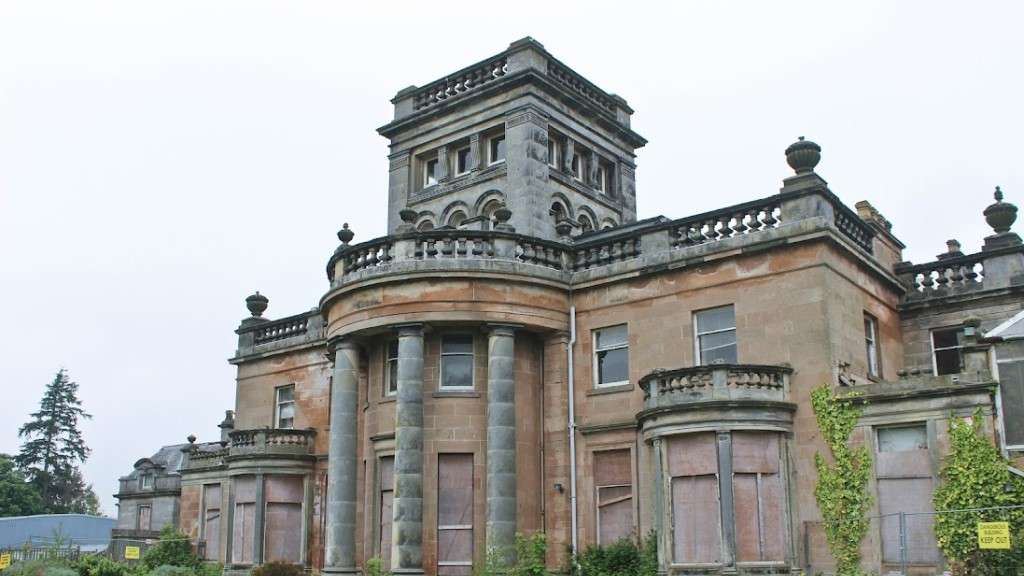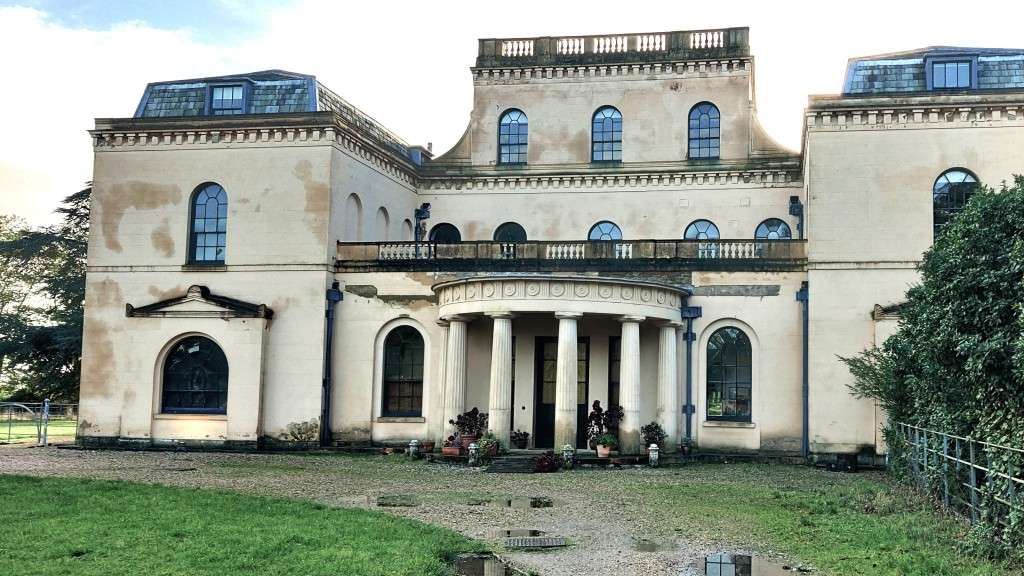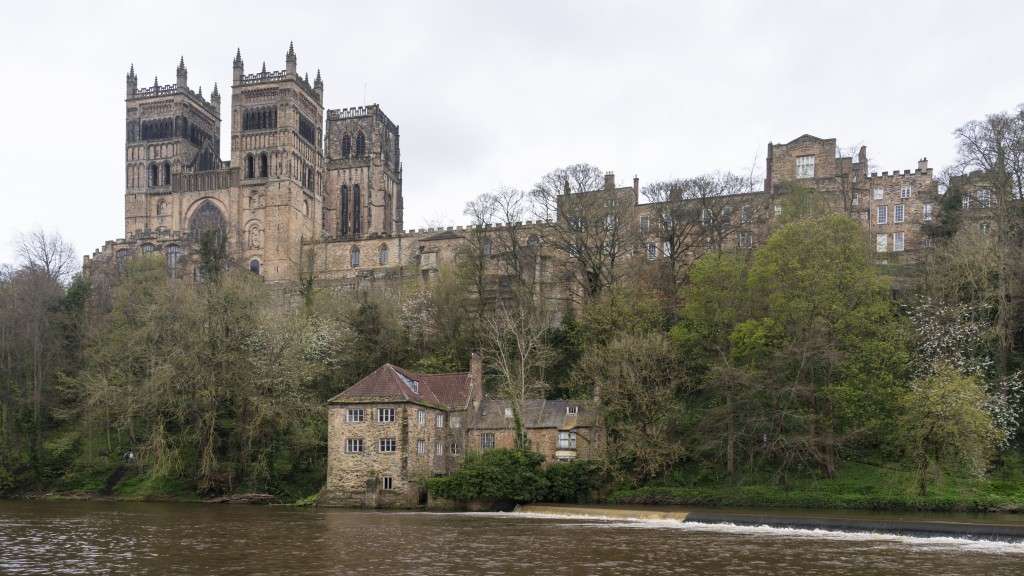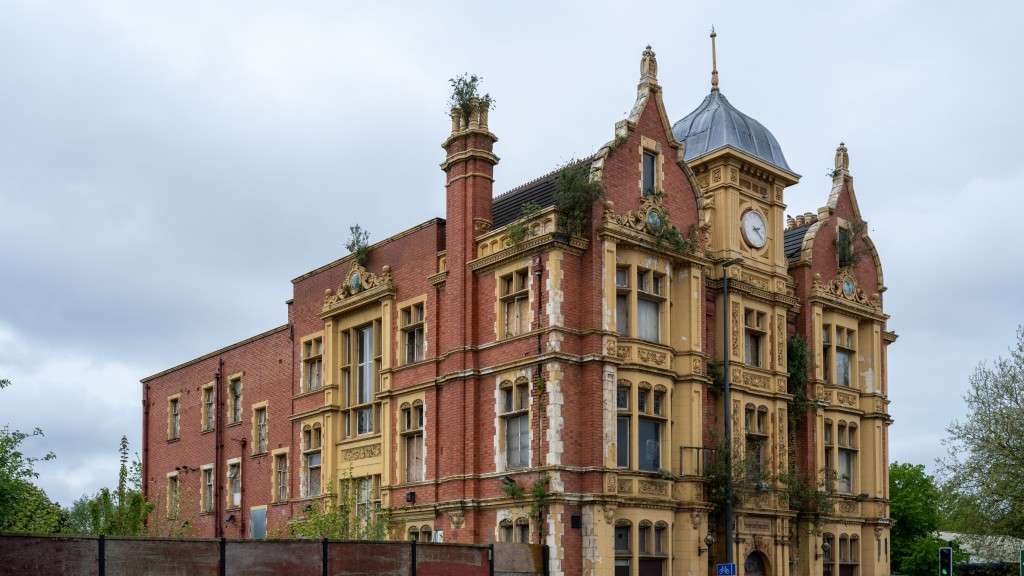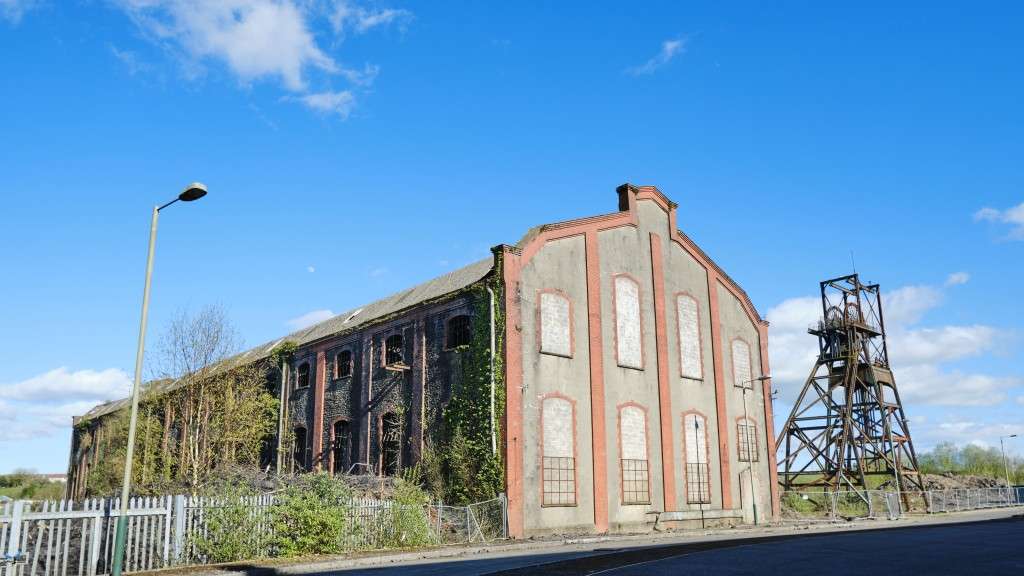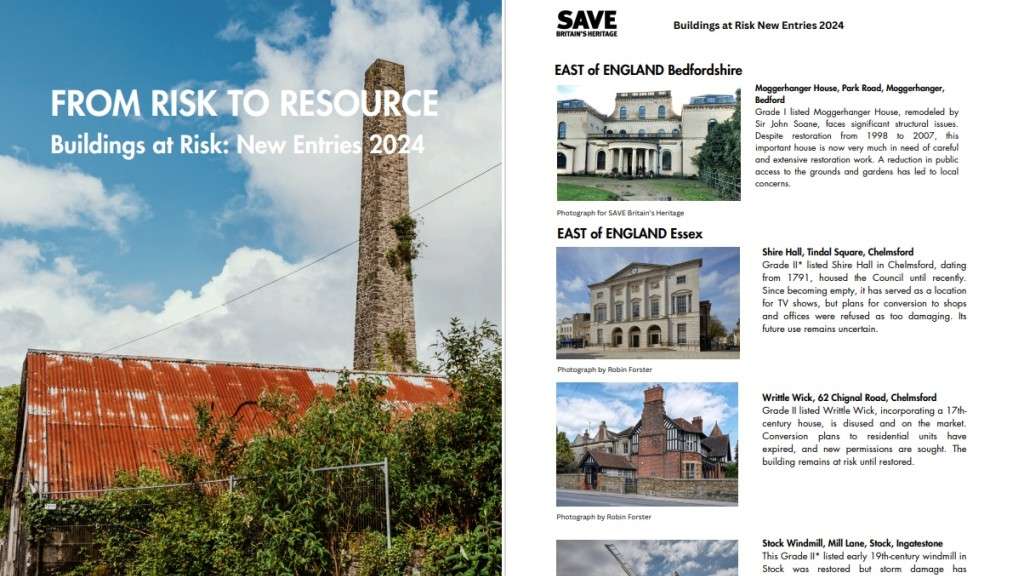From Risk to Resource: Buildings at Risk New Entries 2024
19th June 2024
SAVE Britain's Heritage is today adding 86 new entries to our Buildings at Risk register. The full list of new entries can be reviewed or downloaded at the bottom of the page.
There is much to inspire - and to shock - in this year's list from an important country house in Bedfordshire tottering on the brink of serious neglect, a vast and impressive colliery building in Wales, a Manchester hotel which served an early industrial estate and later a host of football fans, a picturesque mill in the shadow of Durham Cathedral and a swimming pool in a surprising location in King's Lynn. In Northern Ireland we have civic buildings and vernacular cottages and in Scotland there are grand castles and city centre offices. We have both picturesque ruined cottages and plenty of quirky originality including a Manchester cinema built in the shape of a cash register and a distinctive port-holed library in Stoke-on-Trent.
Nominated by our supporters, heritage professionals and the public, these buildings add interest to their localities and link us powerfully to our past. The register is a national platform for raising awareness of neglected historic buildings and their potential to bring meaningful benefit to the places in which they stand if they are restored and reused.
NEW ENTRY HIGHLIGHTS
The full list of new entries can be accessed in the downloadable list below but the four new entries that follow give a hint of the variety and richness of the list:
Moggerhanger House, Park Road, Moggerhanger, Bedford MK44 3RW
This exceptional grade I listed country house substantially remodelled by Sir John Soane between 1809-12 is regarded as an important example of his work. The house stands in a grade II registered landscape designed by Humphry Repton. It is owned by a charity who restored it to plaudits about 15 years ago but there are now significant structural issues with render starting to fail and props being used in some areas to hold up ceilings. SAVE has written to the charity but received no answer. It was added to the Historic England Heritage at Risk Register at the end of 2023.
The Old Fulling Mill, The Banks, Durham, County Durham DH1 3EB
Durham’s grade II listed Old Fulling Mill has an exceptional location on the banks of the river with the cathedral towering above it. The first mill on this site has been dated to around 1416 but the current building is from the 17th and 18th centuries, incorporating earlier material. In 1833, the University of Durham opened it as a museum, making it the second oldest university museum to be opened to the public after Oxford’s Ashmolean. It has been in and out of University use, latterly serving as the Museum of Archaeology, but now is empty, boarded up and vulnerable to decay and vandalism.
Trafford Park Hotel, Third Avenue, Trafford Park, Stretford, Manchester M17 1BW
The ornate and wonderfully detailed, grade II listed Trafford Park Hotel opened in 1902. It was built to serve the workers of the newly created Trafford Park, an industrial area with over 500 houses, laid out in a grid pattern. It stands about one mile east of Manchester United’s Old Trafford Football Stadium and was a popular stopping off point for fans for both refreshment - and relief. Sadly, we understand that although many of the hotel’s original fittings are still in place, including a grand staircase, the extra-long urinals that were built in the basement to accommodate supporters on matchdays have been removed. This wonderful building is in poor condition after having been squatted and passed through different ownerships. It needs a new use.
Penallta Colliery Engine House, Gelligaer, Caerphilly
In its day, Penallta Colliery, built between 1905 and 1909, was one of the largest collieries in Wales and in 1935 achieved the awesome accolade of producing the most coal in a week in Europe. All of the buildings were constructed in a unified architectural style in light brick with red brick detailing. In the last few years, there has been some redevelopment of the site for housing and other purposes but the giant grade II* listed Engine House together with the nearby baths (which we have added as a separate entry) remain abandoned. It is an imposing building with an impressive interior: there is a 100m long open hall with continuous arcading on all sides and unexpectedly detailed architectural decoration. It is on Caerphilly's own 2023 Buildings at Risk list.

